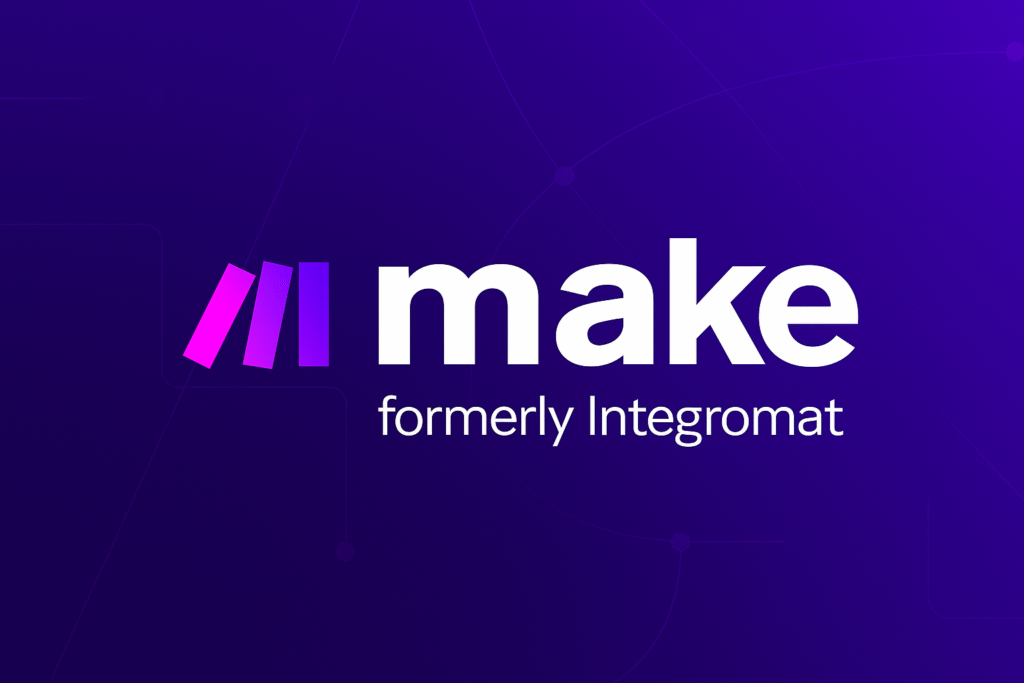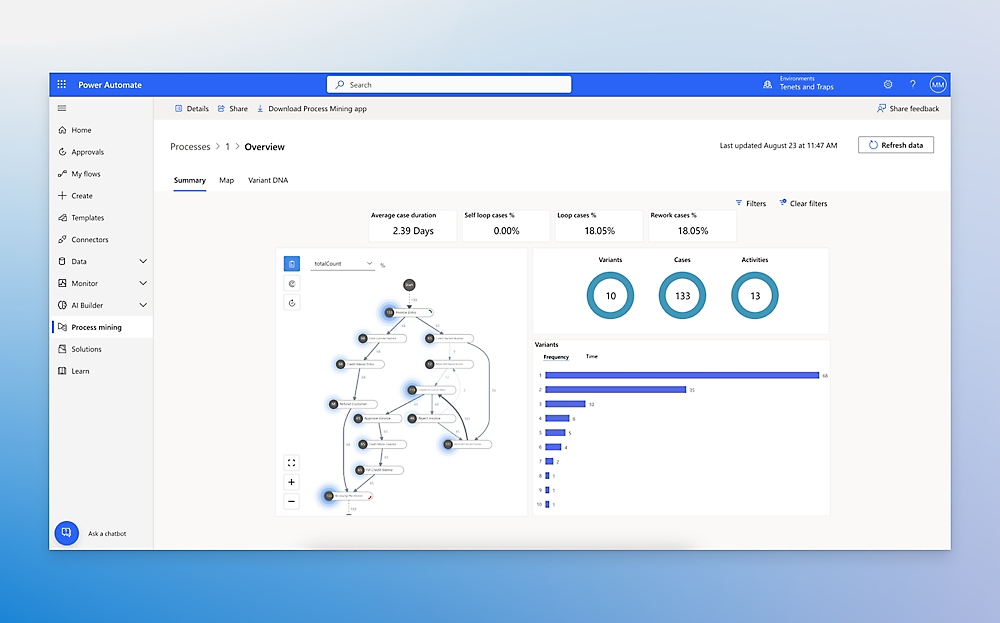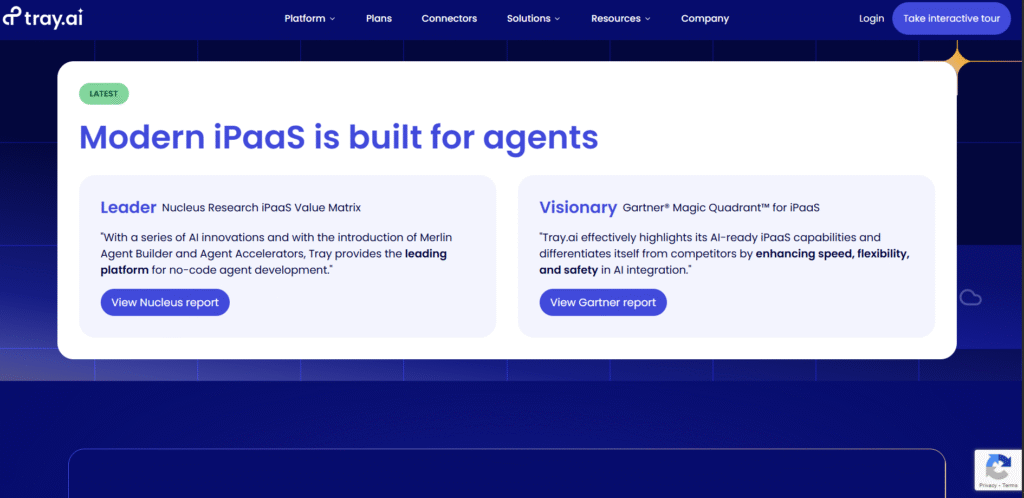Running a business can feel like spinning plates. Between emails, projects, customer support, and keeping teams on the same page, it’s easy for things to fall through the cracks.
But what if you could simplify those daily tasks and gain back valuable time? That’s where workflow automation tools come into play.
In this guide, we’ll explore some of the best workflow automation tools available today and how they can help you work smarter not harder.
What Is Workflow Automation, and Why Is It So Useful?

Think of workflow automation as your behind-the-scenes assistant. Instead of handling repetitive tasks manually every time, automation tools do the work for you. Whether it’s sending follow-up emails, updating spreadsheets, or moving files between apps, these tools can save you hours of work each week.
Still unsure? Picture this: every time someone fills out a contact form on your website, you manually type out a thank-you email, add the lead to a CRM, and assign a sales rep. That’s a lot of steps especially if you’re getting multiple leads daily!
With workflow automation software, all those steps happen automatically.
What Makes a Good Workflow Automation Tool?

Before we dive into the list, let’s quickly cover what to look for in a great automation platform:
- User-Friendly Interface: Drag-and-drop builders or visual workflows are ideal.
- App Integrations: Make sure it connects with the software you already use (like Gmail, Slack, and Google Sheets).
- Flexibility: Can it support simple and complex workflows?
- Scalability: Will it grow with your business?
Now, let’s explore some top contenders in the world of workflow automation.
1. Make (formerly Integromat)

If you’re looking for powerful and flexible automation, Make is definitely worth a look.
Make lets you connect apps and build custom workflows called “scenarios” without any coding. Its visual editor is easy to understand, even if you’re not tech-savvy.
Imagine you want to automate sending an invoice every time a new order comes in. With Make, you can set this up using just a few clicks.
Why people love Make:
- Robust and highly customizable
- Supports multi-step workflows with branching logic
- Free plan with generous features
Use Case: You run an Etsy shop and automatically copy new customer orders to Google Sheets, trigger a thank-you email, and notify your phone. Make can stitch all those steps together behind the curtain.
2. Zapier

Zapier is like your business’s personal assistant handling tedious tasks while you focus on growing your brand.
One of the most well-known automation platforms, Zapier shines with its sleek interface and large app library (over 5,000 apps!).
It works by creating “Zaps” simple automation recipes that link apps together. For instance, a new email in Gmail can automatically save the attachment in Dropbox and alert your team on Slack.
Zapier’s standout features:
- Huge app ecosystem
- Beginner-friendly setup
- Pre-built Zap templates
Zapier is perfect for small businesses just starting with automation, thanks to its simple setup and wide compatibility.
3. Microsoft Power Automate

Already using Microsoft 365? You might want to consider Power Automate.
This tool brings automation power directly into the Microsoft world. It’s designed to connect your Outlook, SharePoint, Teams, Excel, and even third-party apps like Salesforce.
Its real strength lies in integrating with data-heavy admin tasks perfect for process-driven departments like HR and finance.
Highlights of Power Automate:
- Deep Microsoft ecosystem integration
- Supports complex flows with approval triggers
- AI capability for intelligent decision-making
Bonus: Power Automate is included in some Microsoft Office plans, making it extra convenient and cost-effective for Office users.
4. n8n

Need even more control or hosting your own workflow system? Try n8n.
Pronounced “n-eight-n” (quirky, right?), it’s an open-source workflow tool designed for developers and advanced users. While it’s not as plug-and-play as Zapier or Make, it offers unmatched flexibility.
You can host it on your own server, which gives you full control both in data security and customization.
What sets n8n apart:
- Open-source and self-hostable
- Custom JavaScript functions supported
- Over 200 app integrations
This is a favorite among tech-savvy teams that want full autonomy over how their workflows run.
5. Tray.io

If you’re part of a fast-scaling company looking to integrate complex systems, Tray.io might be your go-to.
Tray.io caters to enterprise-scale needs, helping teams connect software on a much deeper level. From syncing CRMs to managing large-scale product pipelines, it’s designed for big-picture automation.
Here’s why teams pick Tray.io:
- Enterprise-grade capabilities
- Advanced debugging tools
- Multi-region infrastructure for global teams
However, note that Tray.io might be more than you need if you’re a smaller business or just starting with automation.
How to Choose the Right Tool for Your Needs
With so many options, how do you pick one?
Here are a few questions to ask:
- What tasks do I want to automate? Email follow-ups? Data syncing? File management?
- How comfortable am I with tech? Zapier and Make are very user-friendly, while n8n needs more technical knowledge.
- What apps do I use? Make sure the tools integrate with your current software.
- What’s my budget? Many tools offer free tiers, but full features often require a paid plan.
Sometimes it’s best to try out a few tools using their free plans. After a week or two, you’ll quickly get a feel for which one fits best.
Final Thoughts: Small Changes, Big Impact
Workflow automation might sound like something only tech wizards or huge corporations need but that couldn’t be further from the truth. Whether you’re a one-person shop or part of a global team, these tools help you:
- Free up your time
- Reduce human error
- Build smooth, repeatable processes
In short, automation lets you spend less time on busywork and more time on big-picture thinking and building relationships.
So why not give one of these tools a try today? You might be surprised just how much smoother your day will feel.
Start Automating Now
Don’t wait until you feel overwhelmed. Start small automate a single task like saving attachments, logging meeting notes, or sending messages. Once you get the hang of it, you’ll wonder how you ever worked without it.
Your business deserves to work smarter, not harder. Embrace workflow automation, and free yourself up to focus on what really matters.
Which tool are you excited to try first? Let us know in the comments!



